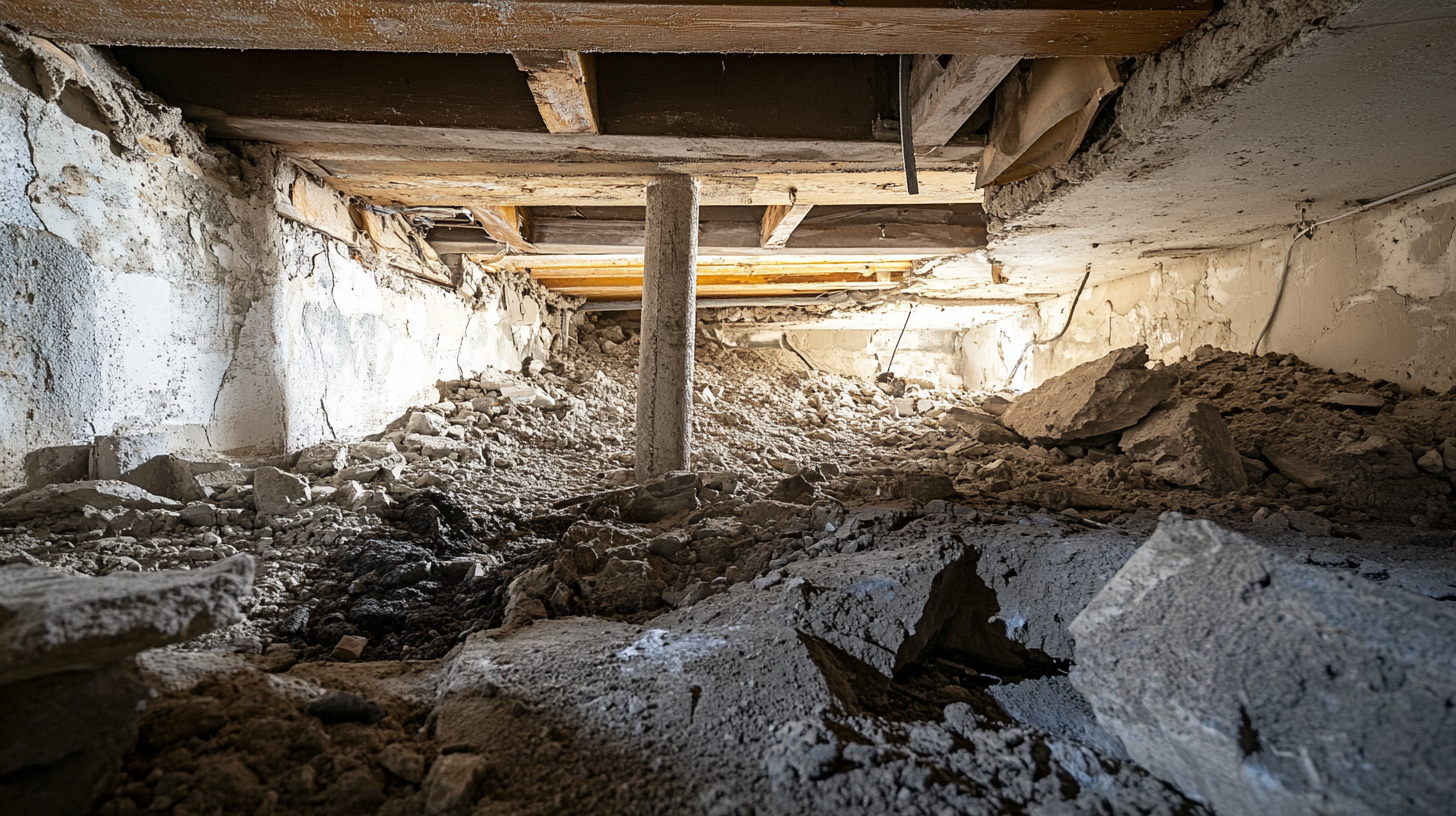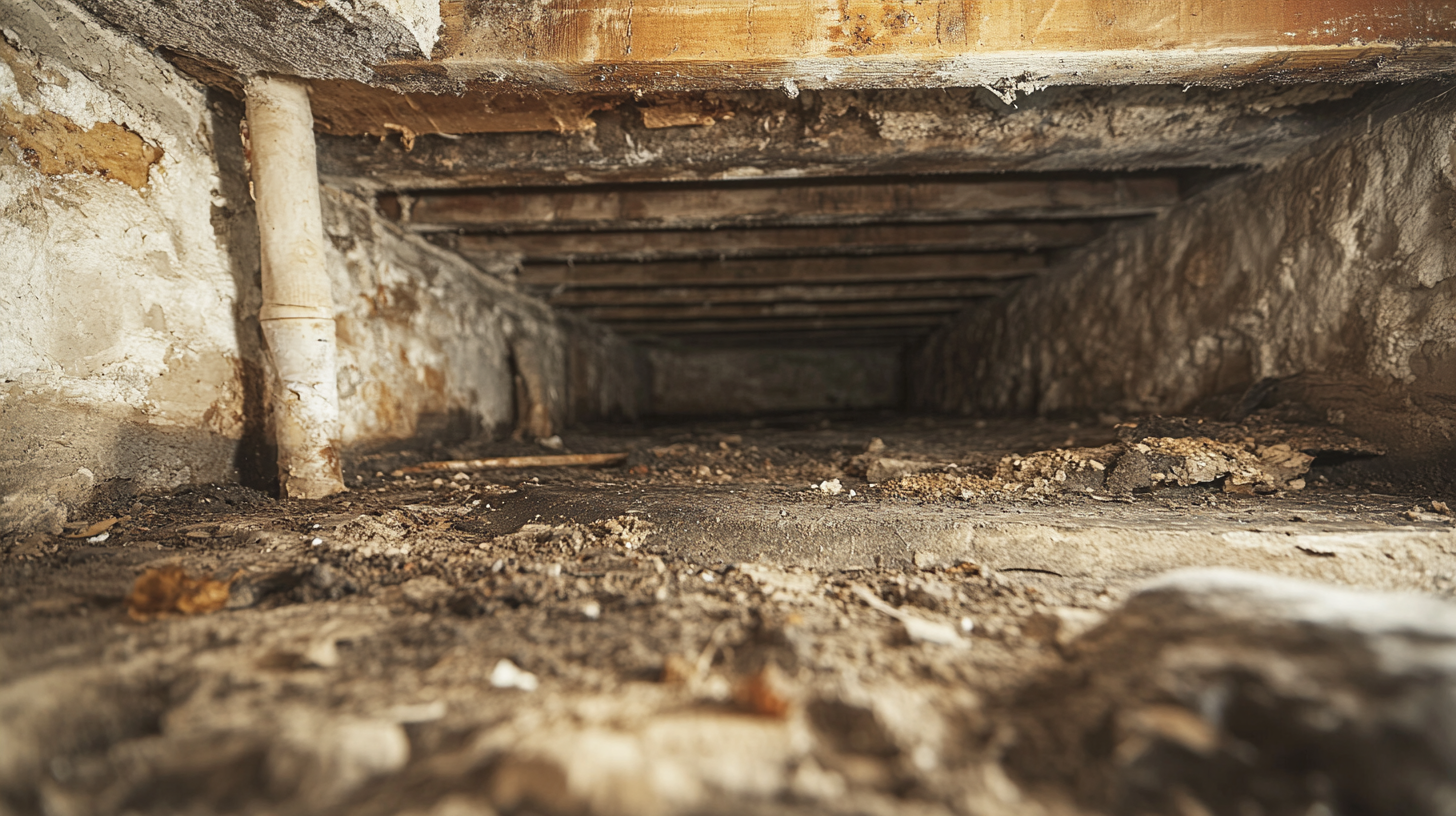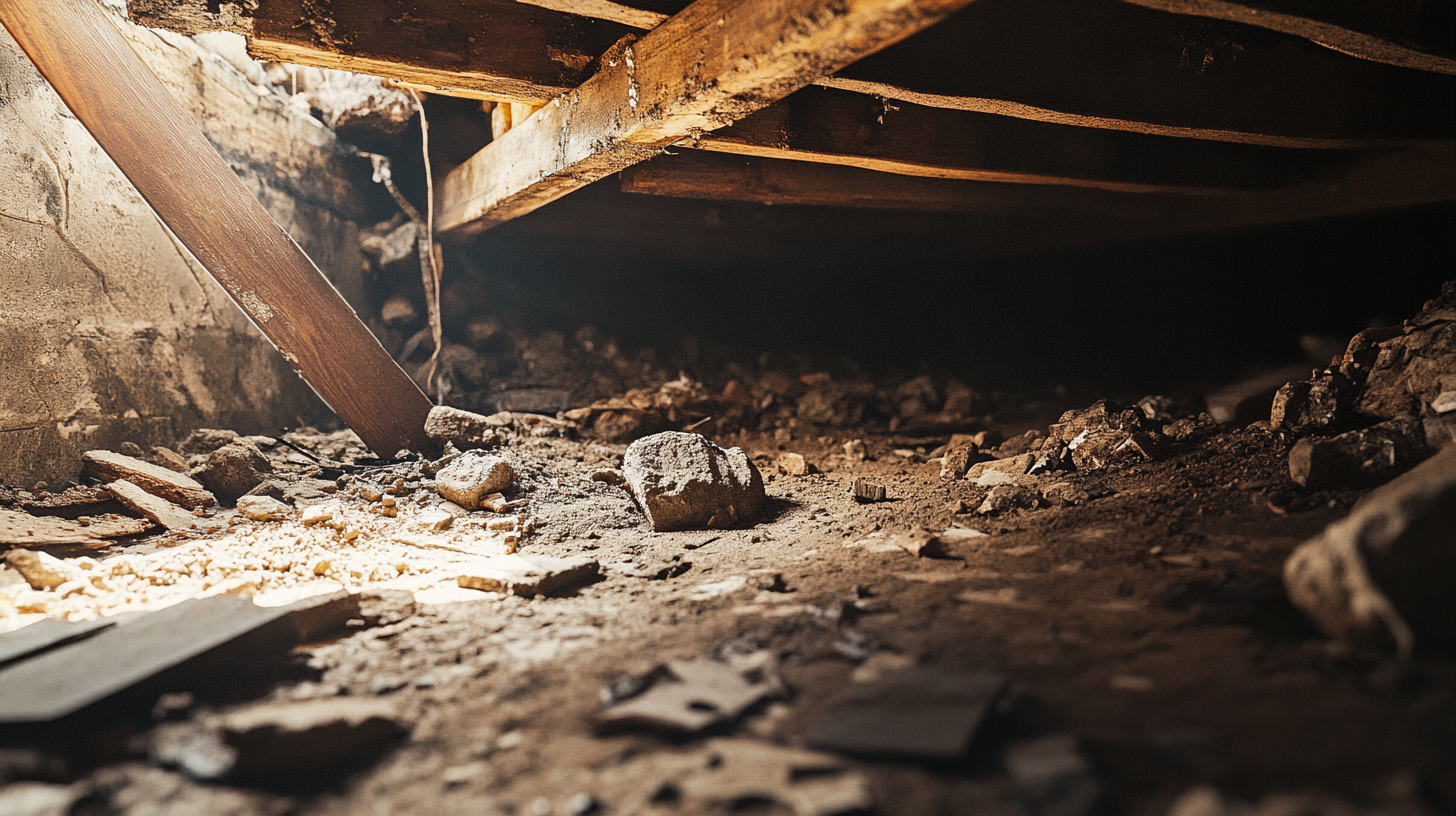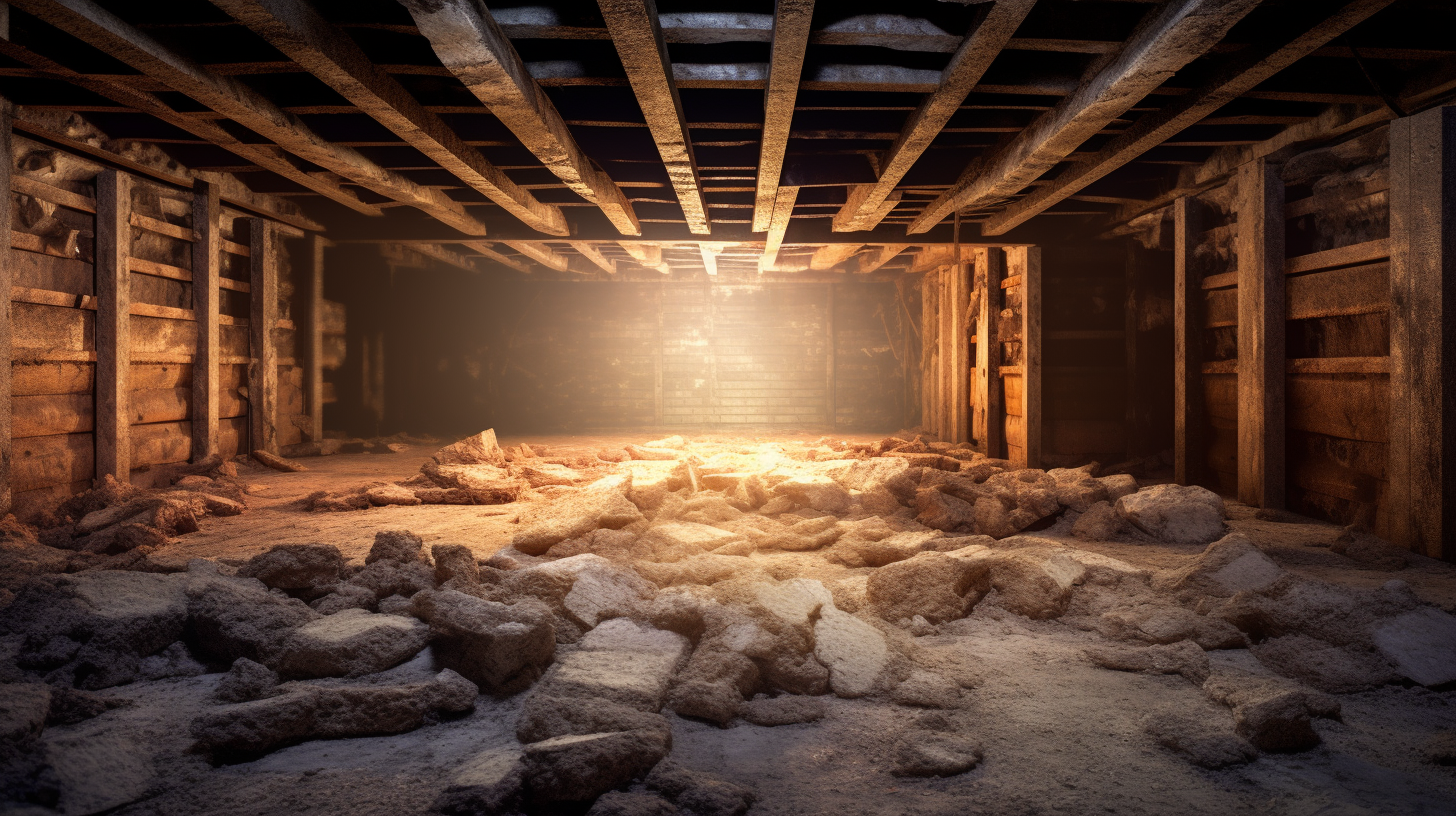Welcome to our guide on effectively removing water from your crawl space without the use of a sump pump. While sump pumps are common tools for water management, there are alternative methods you can employ to address moisture issues in your crawl space. In this blog, we'll explore various techniques and strategies that can help you efficiently eliminate water accumulation and prevent potential damage to your home's foundation and structure.
Alternative Water Removal Methods: Acting Quickly to Prevent Damage
When faced with water accumulation in your crawl space and lacking a sump pump, alternative water removal methods become essential to prevent lasting damage. Acting promptly to remove the water is crucial to avoid structural issues, mold growth, and compromised indoor air quality. One effective approach is using a wet-dry vacuum, which can quickly extract water from the crawl space, especially if the amount of water is relatively small.
Another technique involves utilizing a dehumidifier to help evaporate excess moisture in the crawl space. While this method doesn't physically remove water like a sump pump, it can aid in reducing humidity levels, mitigating the potential for mold growth and other moisture-related problems. Additionally, employing natural methods like improved ventilation and grading around your home can redirect water away from the crawl space, preventing further water intrusion. By promptly implementing these alternative water removal strategies, you're taking proactive measures to safeguard your crawl space and home from the detrimental effects of water accumulation.
Dehumidification Techniques: Evaporating Moisture from Your Crawl Space
Dehumidification techniques offer an effective way to evaporate moisture from your crawl space, reducing the risk of mold growth and other moisture-related issues. While not a direct water removal method like a sump pump, dehumidifiers play a vital role in maintaining a dry environment. By extracting excess moisture from the air, dehumidifiers help prevent condensation on surfaces and reduce the overall humidity level, creating an unfavorable environment for mold and mildew.
To implement dehumidification, you can choose between portable or whole-home dehumidifiers. Portable units are suitable for smaller crawl spaces, while whole-home systems are integrated into your HVAC system to manage moisture levels throughout your entire home. Regular maintenance, such as cleaning filters and emptying water collection trays, ensures the continuous efficiency of the dehumidifier. By incorporating dehumidification techniques, you're not only preventing moisture-related issues but also contributing to improved indoor air quality and the overall health of your home.
Utilizing Natural Drainage: Redirecting Water Away from Your Crawl Space
Utilizing natural drainage techniques is a proactive approach to prevent water accumulation in your crawl space without the need for a sump pump. By redirecting water away from your crawl space, you can significantly reduce the risk of moisture-related problems and potential damage. One effective method is to ensure that the ground around your home slopes away from the foundation, allowing rainwater to naturally flow away instead of pooling near the crawl space.
Additionally, installing downspouts and gutter extensions can play a crucial role in channeling water away from your home's foundation. Well-maintained gutters direct rainwater toward downspouts, and extensions ensure that the water is discharged at a safe distance from the crawl space. By implementing these natural drainage techniques, you're creating a barrier against water intrusion, protecting your crawl space from potential flooding, and contributing to the overall health and longevity of your home's foundation.
FAQs
Contact Trench Guys Today!
Trench Guys will do everything we can to ensure your experience with us is excellent.
Request A FREE Estimate
Request a Free Estimate Form
Checkout Recent Post




Got a Question? We’re Here to Help.
You can arrange an appointment or make an enquiry by phone or email, orget in touch to us via our contact form.



